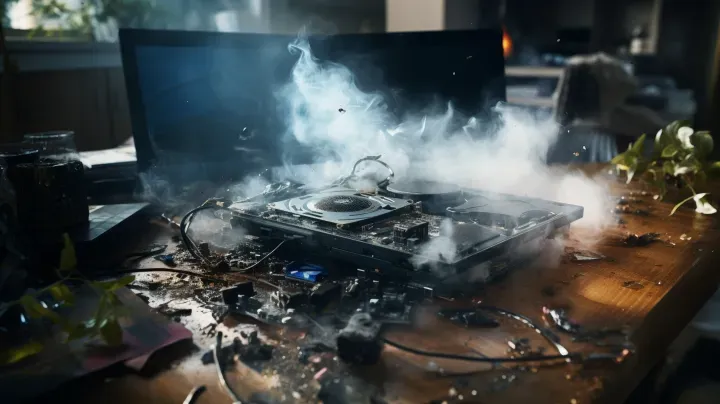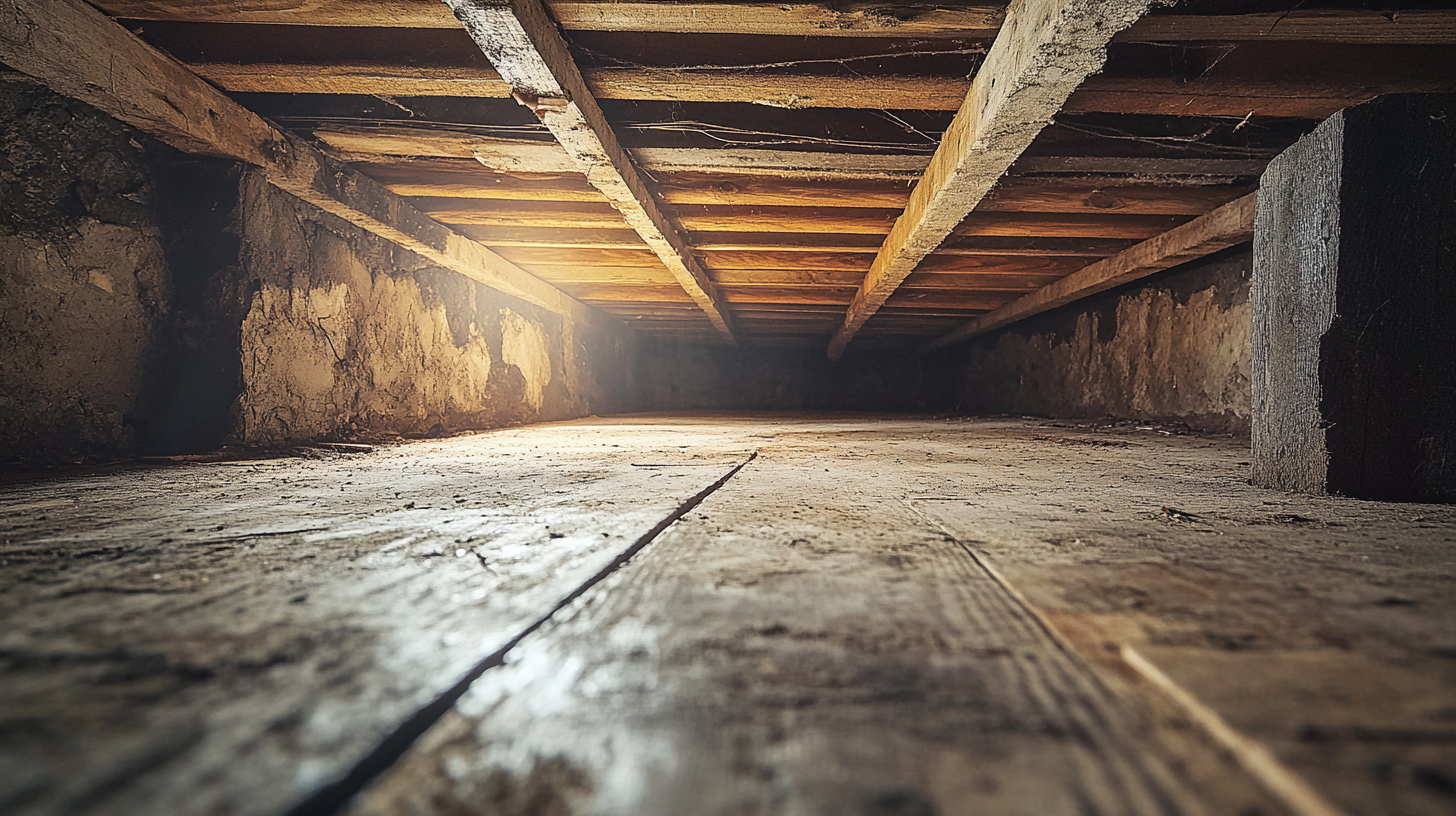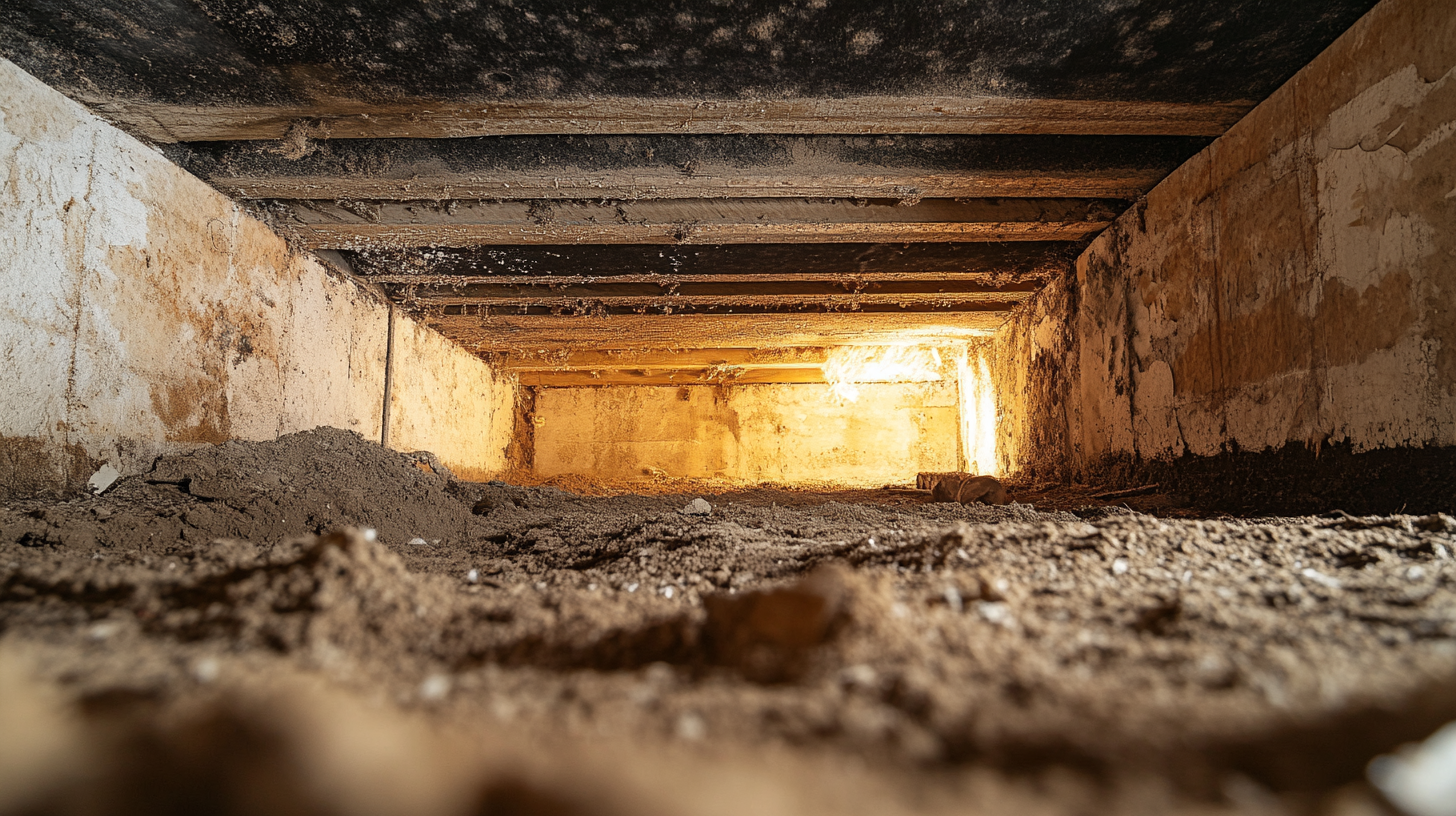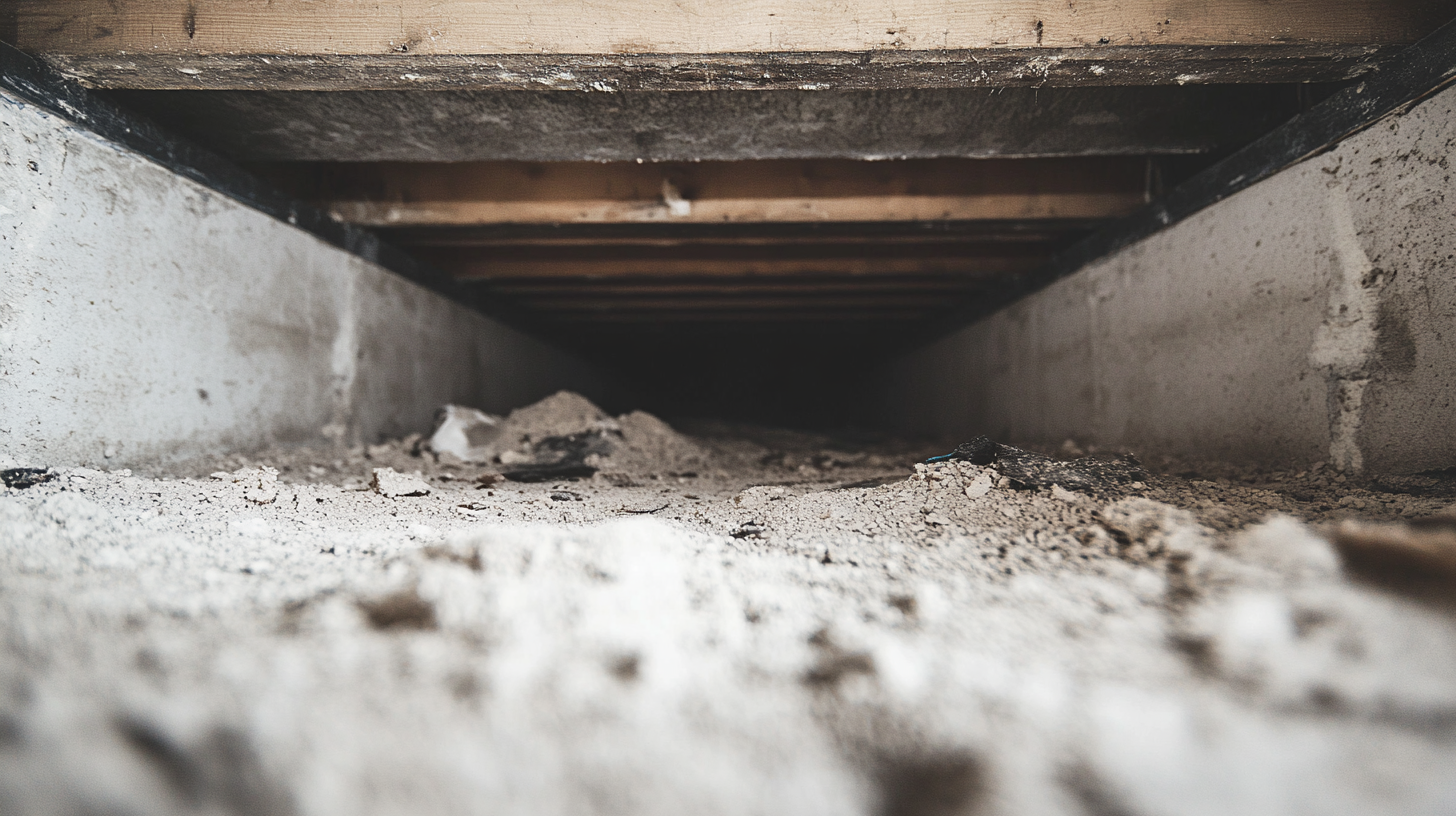Professional Smoke Cleanup Services

Smoke damage, often a silent but pervasive aftermath of fires, can have far-reaching impacts on both property and health. While the flames themselves may capture immediate attention, the residual effects of smoke can linger long after the fire has been extinguished, posing hidden dangers and challenges in restoration. This blog delves into the multifaceted impact of smoke damage, highlighting not only its visible marks and odors but also the less apparent yet equally significant consequences.
The importance of professional intervention in smoke damage cleanup cannot be overstated. Smoke's insidious nature means it can infiltrate deep into materials, leaving behind toxins and odors that are not only difficult to eradicate but can also continue to pose health risks if not properly addressed. Professional restoration services are equipped with the expertise, tools, and techniques necessary to effectively and safely restore environments affected by smoke damage. From assessing the extent of the damage to implementing specialized cleaning processes, professional intervention is key to ensuring a thorough and health-conscious restoration.
In the following sections, we will explore the various aspects of smoke damage, its impact on different materials and environments, and the crucial role of professional restoration services in returning affected areas to their pre-damage state, ensuring safety and peace of mind for all occupants.
The Basics of Smoke Damage
Smoke damage is a complex issue that extends far beyond the visible soot or the characteristic smoky odor. It involves a variety of factors, including the type of materials burned, the temperature of the fire, and the duration of exposure. Understanding the basics of smoke damage is crucial for effective cleaning, restoration, and ensuring safety.
Understanding Smoke Damage
Explanation of How Smoke Affects Different Materials and Environments:
Smoke can affect materials and environments in diverse ways. Porous materials like fabric, carpet, and wood can absorb smoke particles deeply, making them difficult to clean. Non-porous surfaces like glass and metal might suffer from staining and corrosion. Smoke can also infiltrate HVAC systems, spreading particles and odors throughout a building. The acidic nature of smoke can cause materials to deteriorate over time, while the toxic compounds in smoke can pose health risks to humans and animals.
Types of Smoke Damage
Introduction of Wet, Dry, Protein, and Fuel Oil Smoke Damage:
- Wet Smoke Damage: This type of damage is typically a result of low-heat, smoldering fires. Wet smoke is sticky and smeary, with a strong odor. It is challenging to clean due to its oily texture and tendency to cling to surfaces.
- Dry Smoke Damage: Dry smoke damage occurs from high-temperature, fast-burning fires. It leaves a fine, powdery residue that can spread easily and is generally easier to clean compared to wet smoke.
- Protein Smoke Damage: Protein smoke damage is a result of burning food or other organic material. It leaves a virtually invisible residue but can discolor paints and varnishes and has an extremely pungent odor.
- Fuel Oil Smoke Damage: This type of damage is often seen in furnace puff backs. It leaves a sticky, oily residue that is difficult to clean and can be particularly pervasive, affecting every area of a property.
Why Choose Professional Smoke Cleanup Services?
When it comes to addressing the aftermath of smoke damage, the decision between attempting a DIY cleanup and hiring professionals is crucial. Understanding the limitations of DIY methods and the value of professional expertise can guide you in making an informed choice that ensures safety, efficiency, and effectiveness in restoring your property.
Limitations of DIY Methods
Discussion on the Challenges and Limitations of DIY Smoke Cleanup:
- Inadequate Removal of Particles and Odors: DIY methods often fall short in thoroughly removing smoke particles and odors. Smoke can penetrate deeply into various materials, making complete removal challenging without specialized equipment.
- Risk of Health Hazards: Smoke residue can contain toxic chemicals that pose health risks. Without proper protective gear and ventilation, DIY cleaning can expose individuals to harmful substances.
- Potential for Secondary Damage: Incorrect cleaning techniques can lead to secondary damage. For example, using water on soot can cause smearing and further embed the soot into surfaces.
- Time-Consuming and Labor-Intensive: Smoke cleanup is a time-consuming and labor-intensive process. Without experience, it can be overwhelming and less efficient.
Expertise and Experience
The Value of Professional Expertise in Dealing with Complex Smoke Damage:
- Advanced Techniques and Equipment: Professionals use advanced techniques and specialized equipment, such as ozone generators and thermal foggers, to effectively remove smoke particles and odors.
- Expert Knowledge: Professionals have the expertise to identify different types of smoke damage and choose the appropriate cleaning methods for each type.
- Safety and Health Compliance: Professional services ensure that the cleanup process complies with health and safety standards, protecting both the occupants and the workers.
- Efficiency and Effectiveness: With their experience, professionals can complete the cleanup process more efficiently and effectively, reducing the time your property is affected and ensuring a thorough restoration.
The Professional Smoke Cleanup Process
Dealing with the aftermath of smoke damage requires a systematic and thorough approach. Professional smoke cleanup services follow a structured process to ensure that all aspects of smoke damage are addressed effectively. This process not only restores the affected area but also ensures the safety and health of the occupants.
Initial Assessment and Inspection
Steps Involved in Assessing the Extent of Smoke Damage:
- Detailed Inspection: Professionals begin with a detailed inspection of the property to assess the extent of smoke and soot damage.
- Identifying Affected Materials: Different materials react differently to smoke and soot. Professionals identify the materials affected and determine the appropriate treatment for each.
- Evaluating Structural Integrity: In cases of severe fires, the structural integrity of the building is assessed to ensure safety during the cleanup process.
- Developing a Cleanup Plan: Based on the assessment, a tailored cleanup plan is developed, outlining the necessary steps and techniques to be used.
Smoke and Soot Removal
Techniques and Tools Used by Professionals for Thorough Cleaning:
- Vacuuming and Dry Sponging: Dry methods like vacuuming and dry sponging are used to remove loose soot particles.
- Wet Cleaning: For more stubborn residues, wet cleaning techniques are employed using specialized cleaning agents.
- Ultrasonic Cleaning: This method is used for delicate items, where high-frequency sound waves are used to remove soot and smoke residues.
Odor Elimination
Methods for Effectively Removing Smoke Odors:
- Thermal Fogging: This technique involves using a thermal fogger to penetrate surfaces and neutralize smoke odors.
- Ozone Treatment: Ozone generators are used to break down smoke molecules, effectively removing odors.
- Air Scrubbing: High-efficiency particulate air (HEPA) scrubbers are used to filter out microscopic particles from the air.
Sanitization and Disinfection
Ensuring a Safe and Clean Environment Post-Cleanup:
- Application of Disinfectants: After smoke and soot are removed, disinfectants are applied to eliminate any remaining bacteria or viruses.
- Preventing Mold Growth: Special attention is given to damp areas to prevent mold growth, which can be a health hazard.
- Final Inspection: A final inspection is conducted to ensure that the area is thoroughly cleaned, sanitized, and safe for occupancy.
Choosing the Right Smoke Cleanup Service
Selecting the right smoke cleanup service is crucial in ensuring effective and safe restoration of your property. It involves considering various factors such as credentials, range of services, and customer feedback. This guide will help you understand what to look for in a smoke cleanup service to make an informed decision.
Credentials and Certifications
What to Look for in Terms of Qualifications and Industry Certifications:
- Certification from Recognized Bodies: Look for services that have certifications from reputable industry bodies, such as the Institute of Inspection, Cleaning and Restoration Certification (IICRC). These certifications indicate that the company adheres to industry standards.
- Licensed and Insured: Ensure the service provider is licensed to operate in your area and carries insurance. This protects you from liability in case of accidents or damages during the cleanup process.
- Trained and Experienced Technicians: Check if the technicians are trained and experienced in smoke damage cleanup. Experienced professionals can handle complex situations more effectively.
Services Offered
Understanding the Range of Services Provided by Cleanup Companies:
- Comprehensive Cleanup Solutions: Look for companies that offer a comprehensive range of services, including soot and smoke removal, odor elimination, and sanitization.
- Specialized Equipment and Techniques: Ensure the company uses advanced equipment and techniques suitable for different types of smoke damage.
- Emergency Services: Consider if the company offers emergency services. Quick response is crucial in minimizing damage and starting the restoration process promptly.
Customer Reviews and Testimonials
The Importance of Customer Feedback in Selecting a Service Provider:
- Real Customer Experiences: Customer reviews and testimonials provide insights into real customer experiences, helping you gauge the reliability and quality of the service.
- Reputation and Trustworthiness: Look for patterns in feedback. A consistent record of positive reviews can be a good indicator of the company’s reputation and trustworthiness.
- Response to Feedback: Notice how the company responds to both positive and negative feedback. A professional and constructive response to criticism can be a sign of a company’s commitment to customer satisfaction.
Cost Considerations
Understanding the cost implications of smoke cleanup services is crucial for homeowners and business owners alike. The cost can vary significantly based on several factors, and navigating insurance claims can be a complex process. This section aims to shed light on these financial aspects, helping you prepare and plan effectively.
Factors Influencing Cost
An Introduction of Factors That Affect the Pricing of Smoke Cleanup Services:
- Extent of Damage: The size of the affected area and the degree of damage are primary factors. More extensive damage requires more resources and time, increasing the cost.
- Type of Smoke Damage: Different types of smoke damage (wet, dry, protein, etc.) require different cleaning methods and materials, which can affect the cost.
- Materials Affected: The type of materials impacted (e.g., porous vs. non-porous) can influence the cleaning techniques needed and, consequently, the cost.
- Location: Geographic location can impact the cost due to varying labor rates and availability of services.
- Urgency and Timing: Emergency services or work needed outside of standard business hours can increase the cost.
- Additional Services: Services like odor elimination, sanitization, and restoration work beyond basic cleaning can add to the overall cost.
Insurance and Claims Assistance
Information on Dealing with Insurance Claims Related to Smoke Damage:
- Understanding Your Policy: It's important to understand what your insurance policy covers in terms of smoke damage. Some policies may cover the cost of cleanup, while others might have limitations.
- Documentation: Documenting the damage thoroughly with photos and detailed notes is crucial for insurance claims. This includes before and after pictures and a list of damaged items.
- Professional Assessment: Many smoke cleanup services provide professional assessments that can be valuable for insurance claims. These assessments offer an expert overview of the damage and the expected cost of restoration.
- Direct Billing to Insurance: Some cleanup services offer the convenience of direct billing to your insurance company, simplifying the process.
- Navigating the Claims Process: Understanding the claims process is vital. Some restoration companies offer assistance in navigating this process, helping you understand and fulfill the necessary requirements for a successful claim.
FAQs
Contact Fast Response Cleaning & Restoration Today!
Fast Response Cleaning & Restoration will do everything we can to ensure your experience with us is excellent.
Request A FREE Estimate
Request A FREE Estimate Form
CHECKOUT RECENT POST



Have an Emergency? We're Here to Help!
When it comes to disaster cleanup, we are a seasoned veteran in the industry and have helped hundreds of property owners just like you.
Our disaster recovery teams are available 24-7 to quickly clean up and repair disasters of all types.
